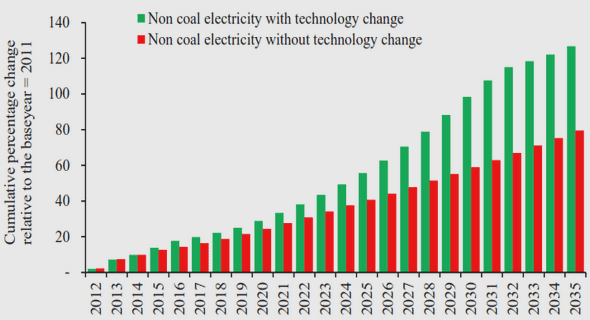(Downloads - 0)
For more info about our services contact : help@bestpfe.com
Table of contents
1 Introduction
1.1 Networks in ecology
1.1.1 Ecological networks topology
1.1.2 Ecological networks dynamics
1.2 Statistical methods for networks
1.3 Problematic and outline
2 Detection of structurally homogeneous subsets in graphs
2.1 Introduction
2.2 Basic notations and an example
2.2.1 A toy example
2.2.2 Transformation of the raw graph
2.3 Methods based on an algorithm
2.3.1 Markov Cluster algorithm (MCL)
2.3.2 Hierarchical agglomerative clustering algorithm
2.3.3 Spectral Clustering
2.3.4 Edge-Betweenness
2.4 Methods based on an optimization criterion
2.4.1 Modularity criterion
2.4.2 Cut
2.5 Methods developed with a model
2.5.1 Model-based clustering for social networks (MBCSN)
2.5.2 Random Dot Product Graphs (RDPG)
2.5.3 Stochastic Block Model (SBM)
2.5.4 Continuous Stochastic Block Model (CSBM)
2.6 Application to the Zachary’s karate club
2.7 Conclusion
3 Graph clustering methods differ in their ability to detect patterns in bipartite ecological networks
3.1 Introduction
3.2 Materials and methods
3.2.1 Graph clustering methods
3.2.2 Simulation of ecological bipartite networks
3.2.3 Criteria used to compare the efficiency of the clustering methods
3.3 Results
3.3.1 Relative efficiency of the clustering methods when applied to ecological bipartite networks with average properties
3.3.2 Effect of network properties on the hierarchy between clustering methods
3.4 Discussion
4 Wmixnet: Software for Clustering the Nodes of Binary and Valued Graphs using the Stochastic Block Model
4.1 Introduction
4.2 SBM model with covariates
4.2.1 Notations
4.2.2 The model
4.2.3 Probability laws
4.2.4 Analysis of groups when covariates are used
4.3 Estimation method
4.3.1 Initialization
4.3.2 Smoothing
4.3.3 Parallelism
4.4 wmixnet program
4.4.1 Sources availability and installation
4.4.2 Input format
4.4.3 Output format
4.4.4 Command line usage
4.4.5 Empirical complexity
4.4.6 Capacity of extension
4.5 Example
4.5.1 Projected networks
4.5.2 Covariate data
4.5.3 Example of command line
4.5.4 Results
5 Deciphering the mechanisms shaping ecological networks: a framework and a method
5.1 Introduction
5.2 Materials and methods
5.2.1 The network data
5.2.2 The statistical model
5.2.3 Application of the model to the data
5.3 Results
5.3.1 Relative importance of the three mechanisms
5.4 Ongoing work and discussion
A Putting the Biological Species Concept to the Test: Using Mating Networks to Delimit Species




